This is the 24th in a series of posts on the Fujifilm GFX-50S. The series starts here.
I’ve got one last HC lens to try on the GFX, the 150mm f/3.2.
Shutter set to EFCS, with the GFX switching by itself to mechanical shutter at the highest shutter speeds, which were 1/4000 with the lens wide open. ISO set to 400 to keep the shutter speeds up, as there was a little wind. Apertures from f/3.2 to f/11 in whole stops except for the first step. I focused three times at each aperture, and picked the sharpest images. I am getting so good with the Fuji EVF focusing that all the images at a given f-stop are now routinely the same sharpness, but I keep at the exercise of making multiple exposures in case I slip up. 2-second self-timer. Arca-Swiss C1 cube on RRS sticks. Focus was upper-center at a distance of 57 meters, as measured by my new Nikon rangefinder. All images were refocused at each aperture. Daylight white balance selected in Lightroom; all other Lr settings at default.
The overall scene, wide open:
There is very little light falloff, as this lens was made for a much larger sensor.
In the middle, at the focus point:
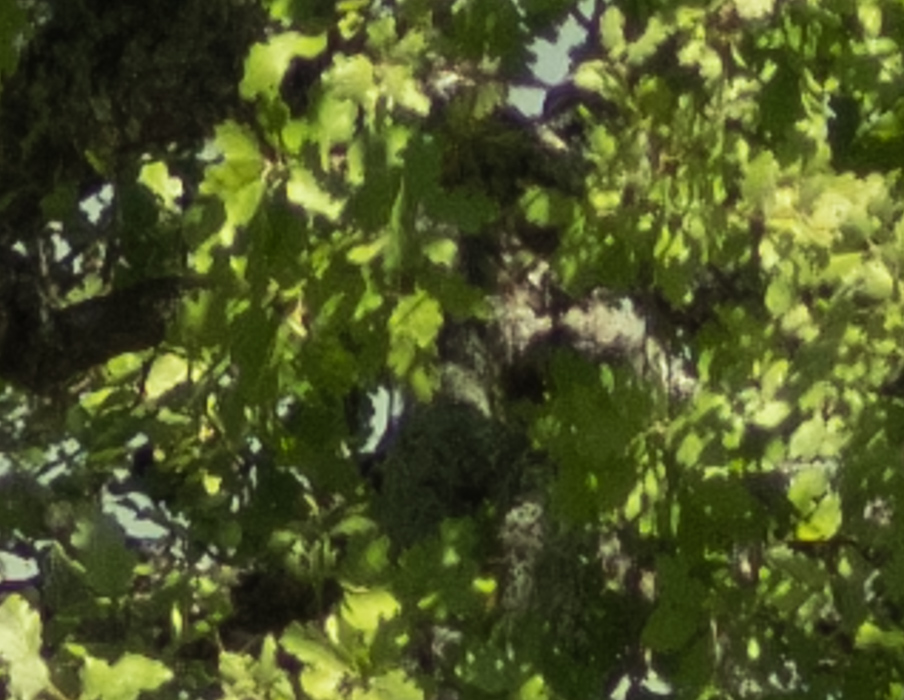
That’s a tad soft.
Here’s how to use these highly-magnified crops. The dimensions of the GFX sensor are 8256×6192 pixels. If we make a full-frame print from the GFX on a printer with 360 pixels per inch native driver-level resolution, like the Epson inkjet printers, we’ll end up with a 23×17 inch (58×44 cm) print. The 318×246 pixel crop you’re looking at will end up 0.8333×0.6833 inches (2.12×1.74 cm). Let’s imagine that you or your viewers are critical, and will look at the 22×17 inch print from about 18 inches (conventional wisdom is that the distance would be a little greater than that, or 28 inches (the diagonal), but you did buy a high-resolution camera for a reason, didn’t you?).
The next step is dependent on your monitor pitch, which you may or may not know. Turns out, you don’t have to know it. Just take the 253% crops and view then at 1:1. How high are they? Get out your ruler and measure, or just guess. Let’s say they are 6 inches high. 6 inches is about 7 times 0.8333, so in order to view the crops the way they’d look from 18 inches on the print is to view them from 7 times as far away, or 10.5 feet.
Everything here scales proportionately. If the image on your screen is bigger than 6 inches, increase your viewing distance by the ratio of your image height to 6 inches. If you think your viewers are going to almost get their nose to that print and look at it from six inches, divide that 10.5 feet by 3, and look at the image on the monitor from three and a half feet away.
On a 30 inch 4K display, a 1:1 presentation of these crops will be about 4 inches, so to simulate the effect of viewing the print from 18 inches, you’ll want to back up to about seven feet. A couple of feet for a 6 inch print viewing distance. On a 17 inch laptop 4K display, a 1:1 presentation of these crops will be about 2 inches, so to simulate the effect of viewing the print from 18 inches, you’ll want to back up to about three and a half feet. A foot for a 6 inch print viewing distance.
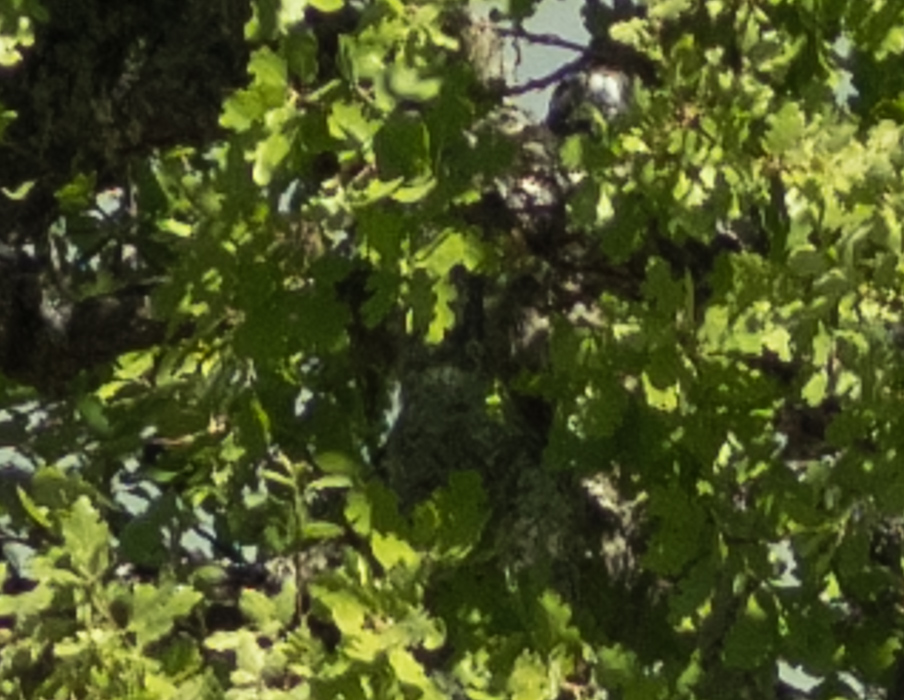
That’s looking pretty good.
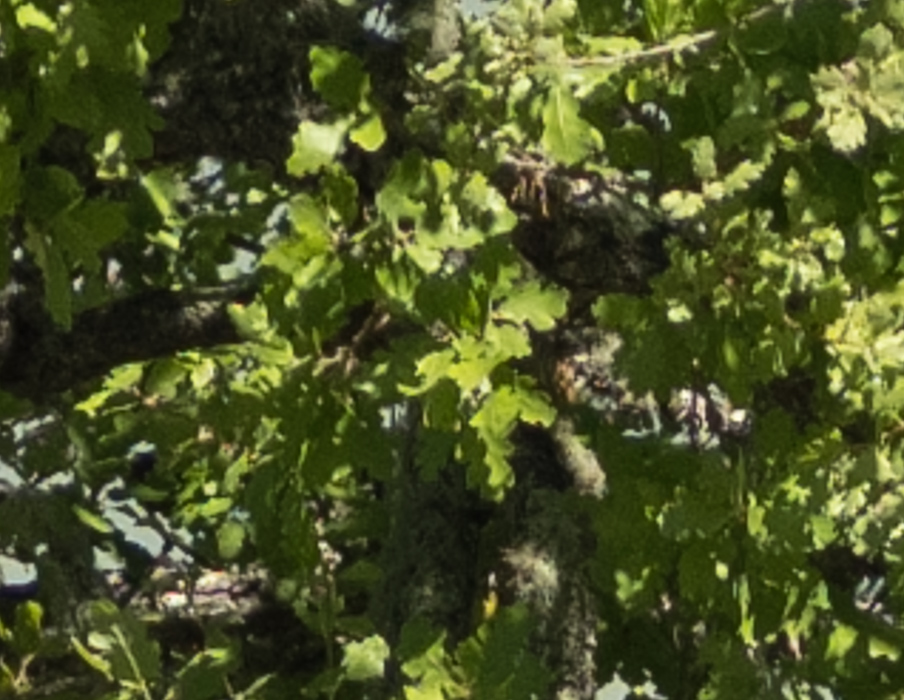
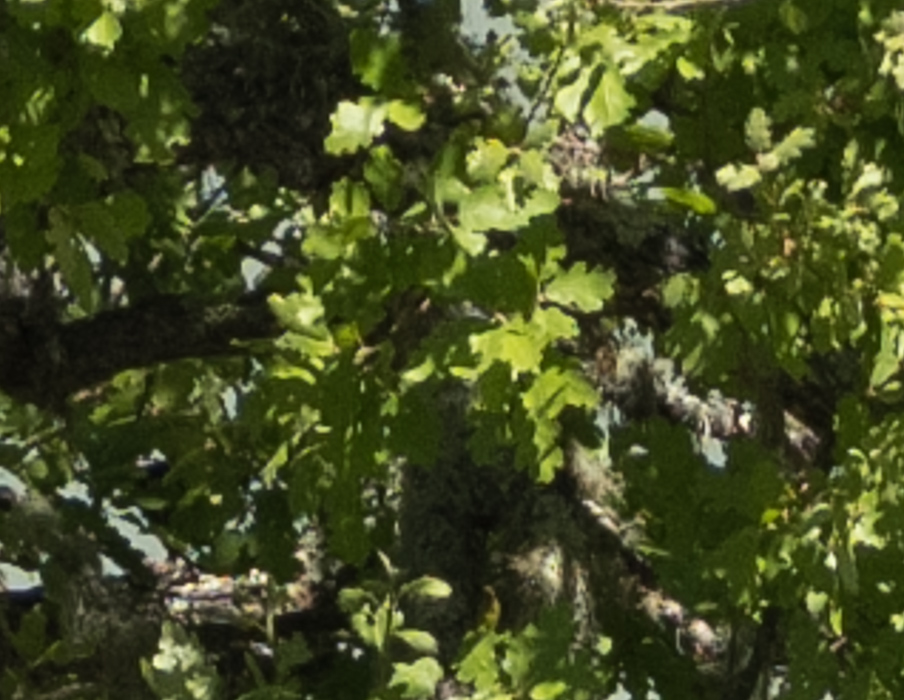
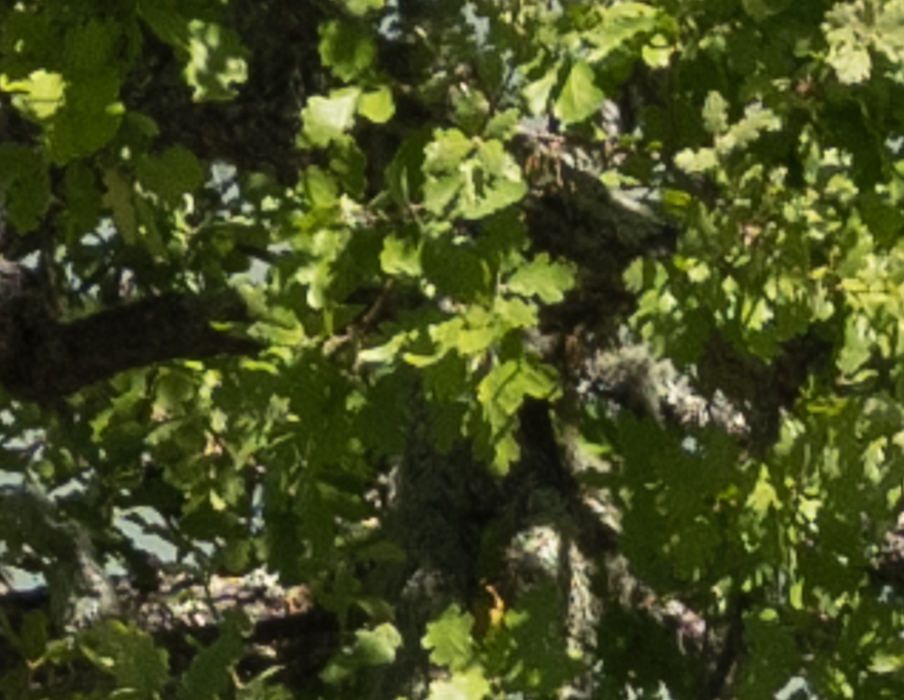
Diffraction is hurting us a tad at f/11.
Some people have asked for some objects with more straight lines. Here’s a set of crops in the center left:
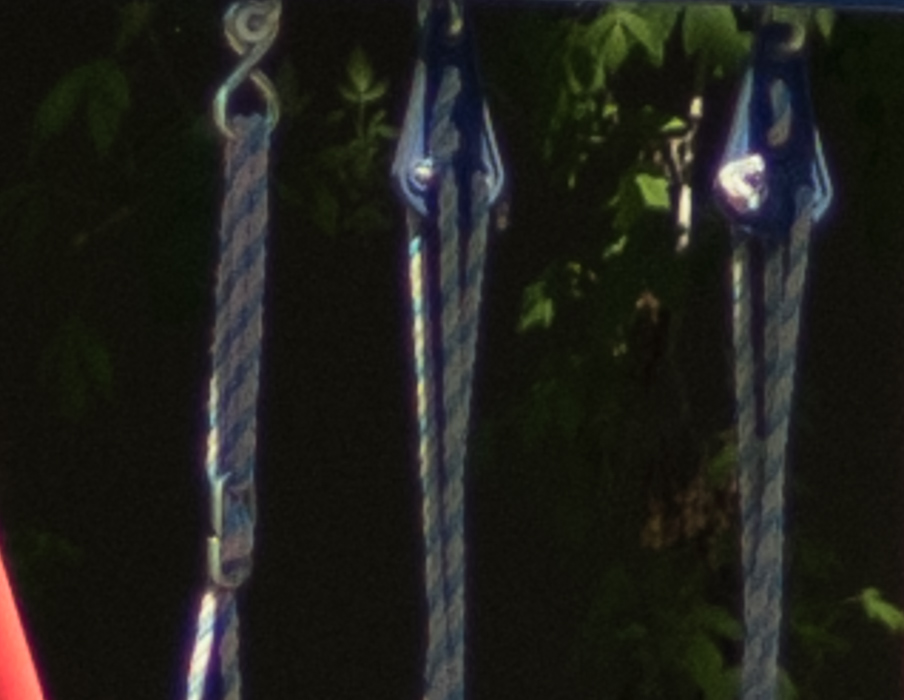
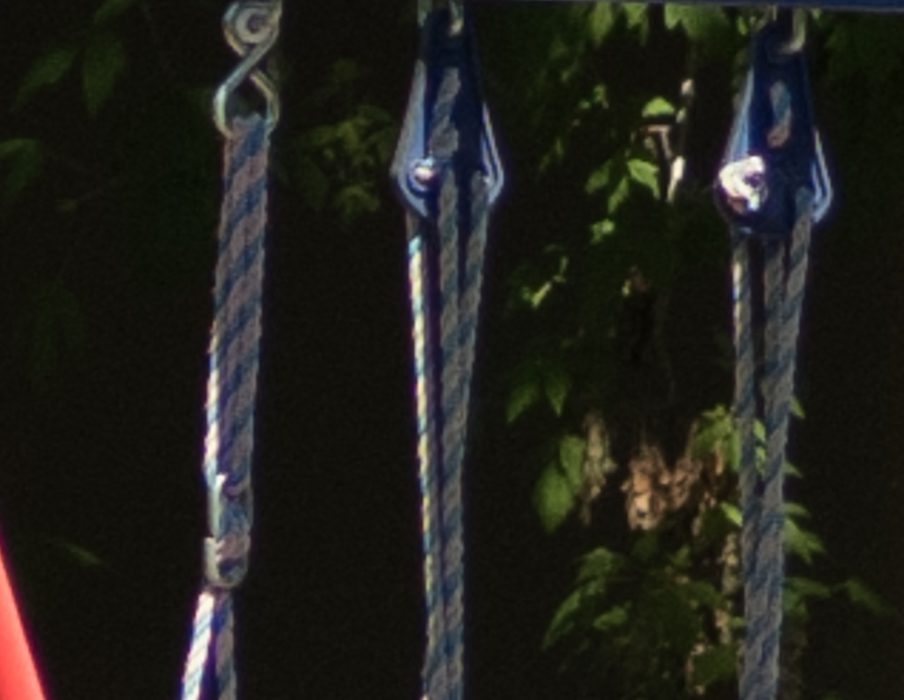
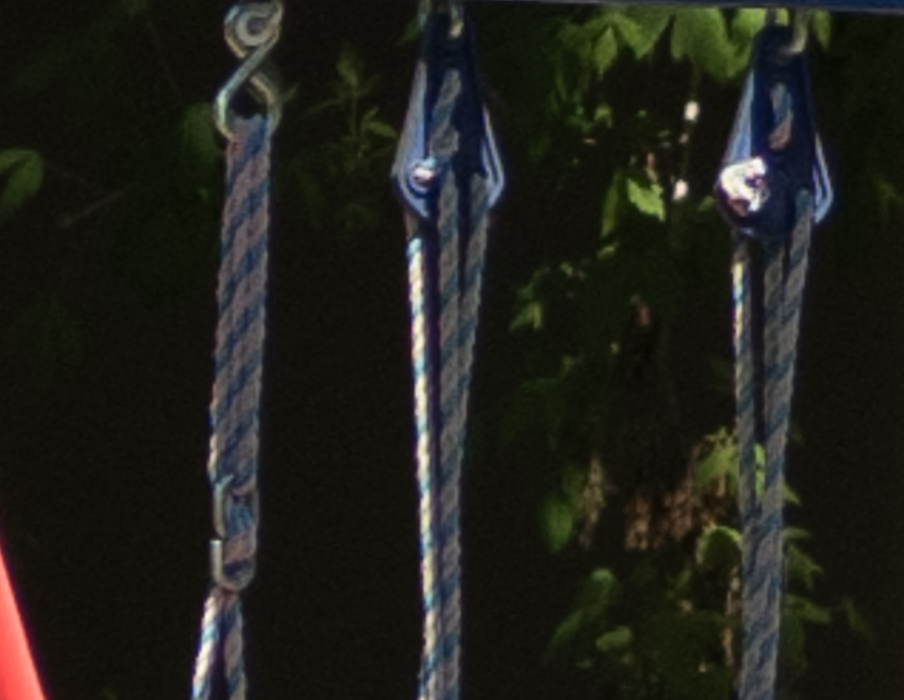
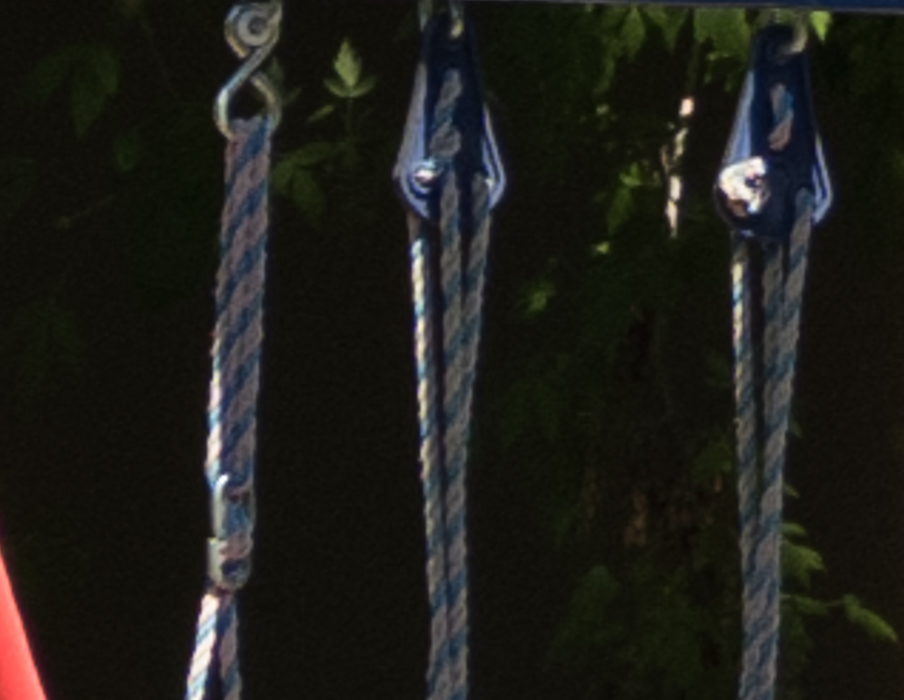
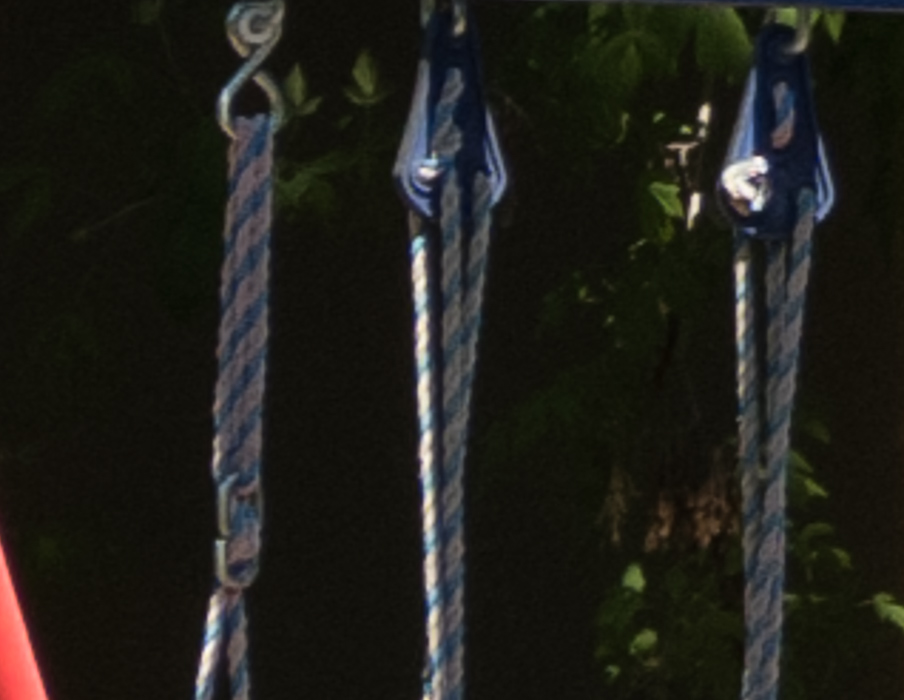
I personally don’t find those as instructive, but there they are.
Moving to the far right middle edge:
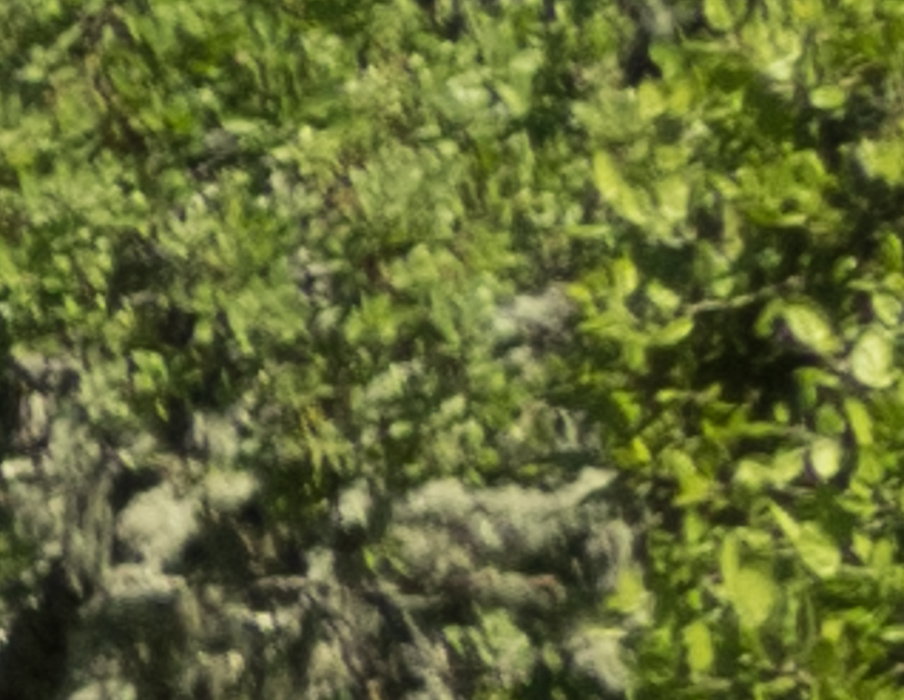
There’s a fair amount of softness here, but it’s definitely usable for a lot of things.
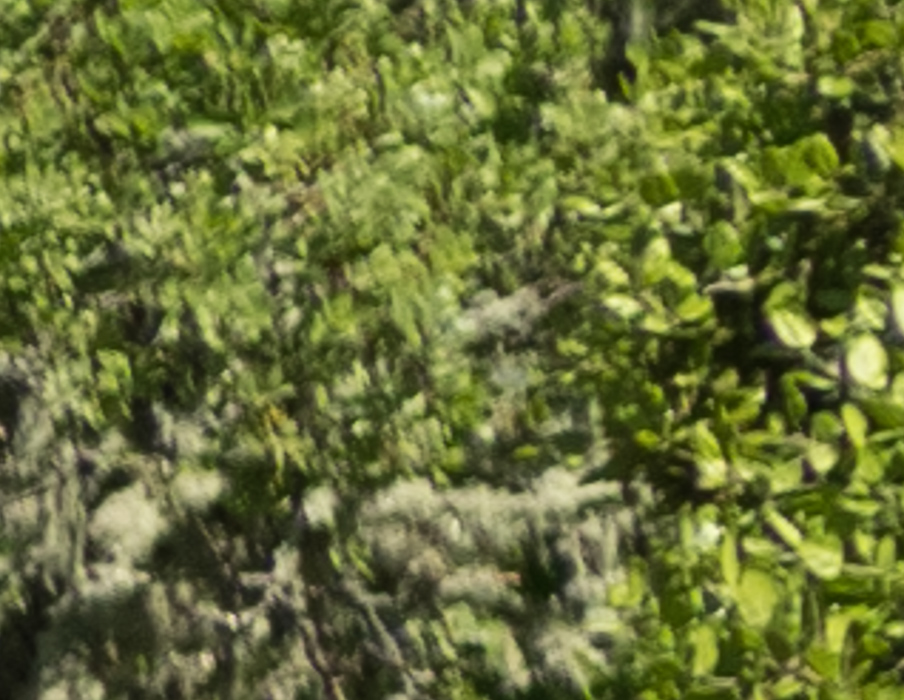
Just two-thirds a stop brings significant improvement.
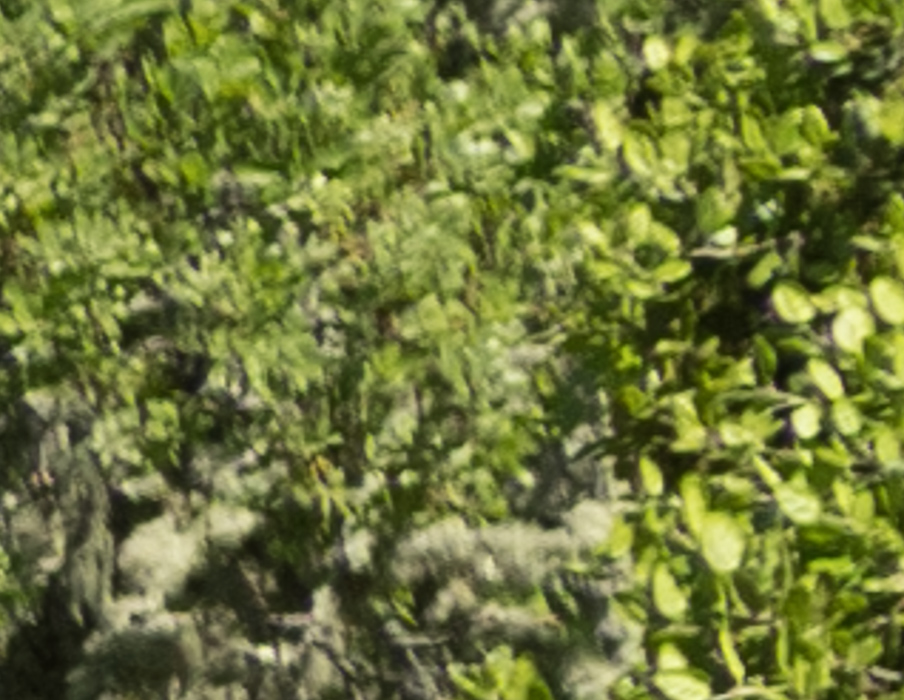
About the same.
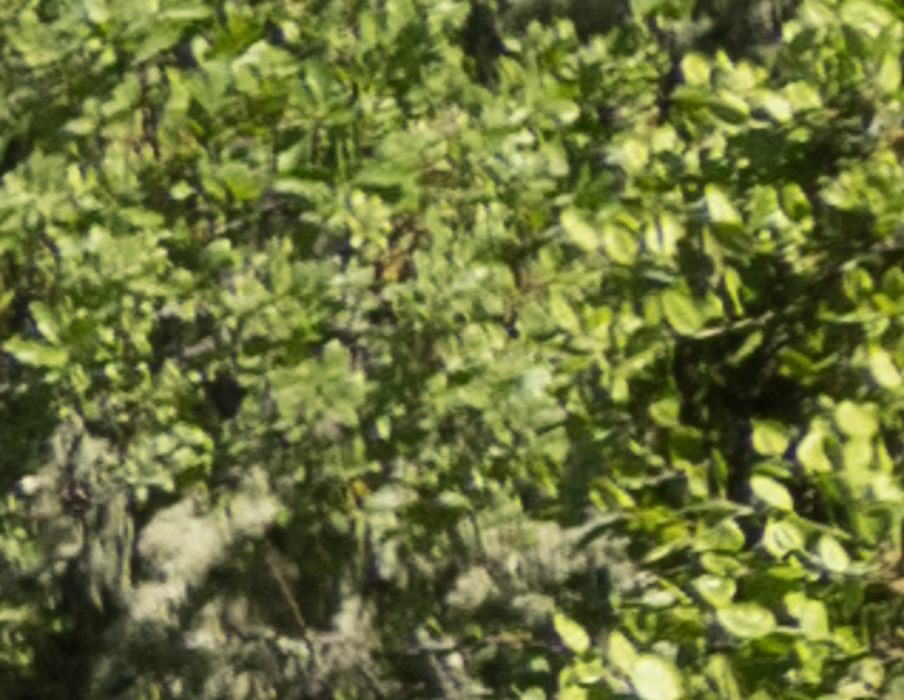
a bit better.
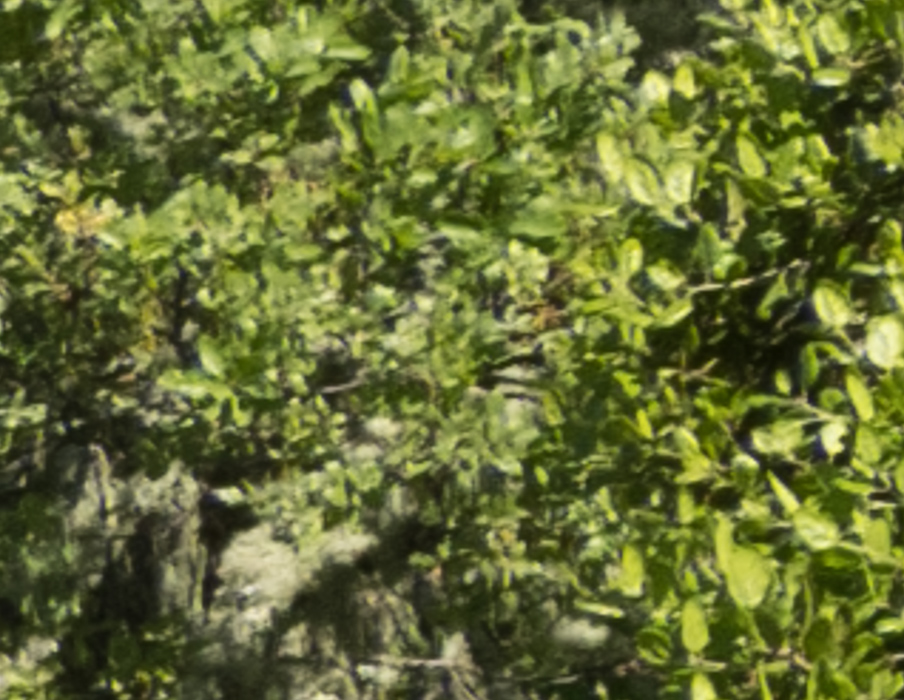
Pretty much the same.
In the extreme upper left corner:
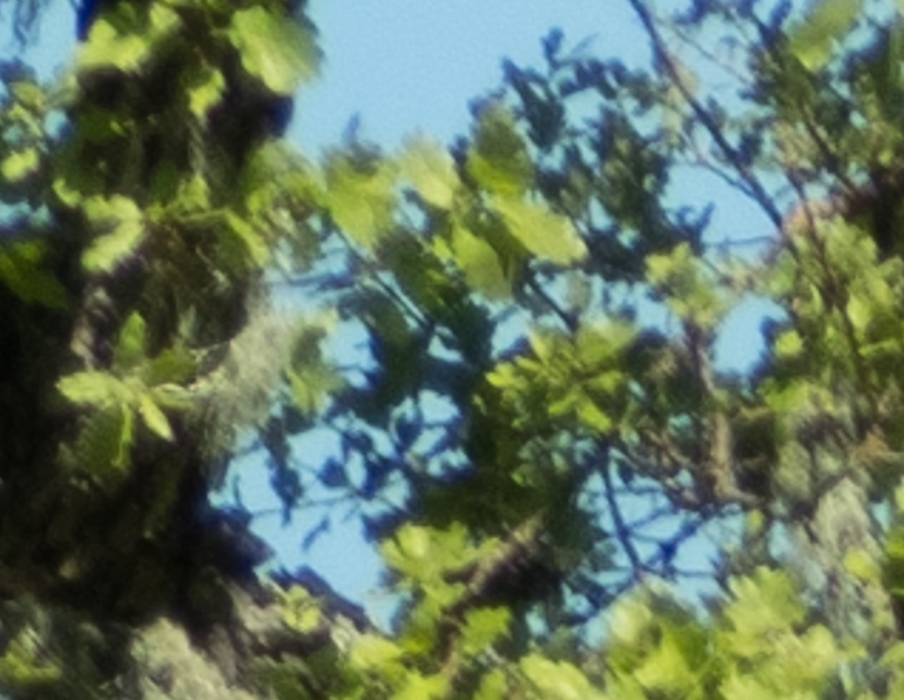
Some softness, but I expected worse.
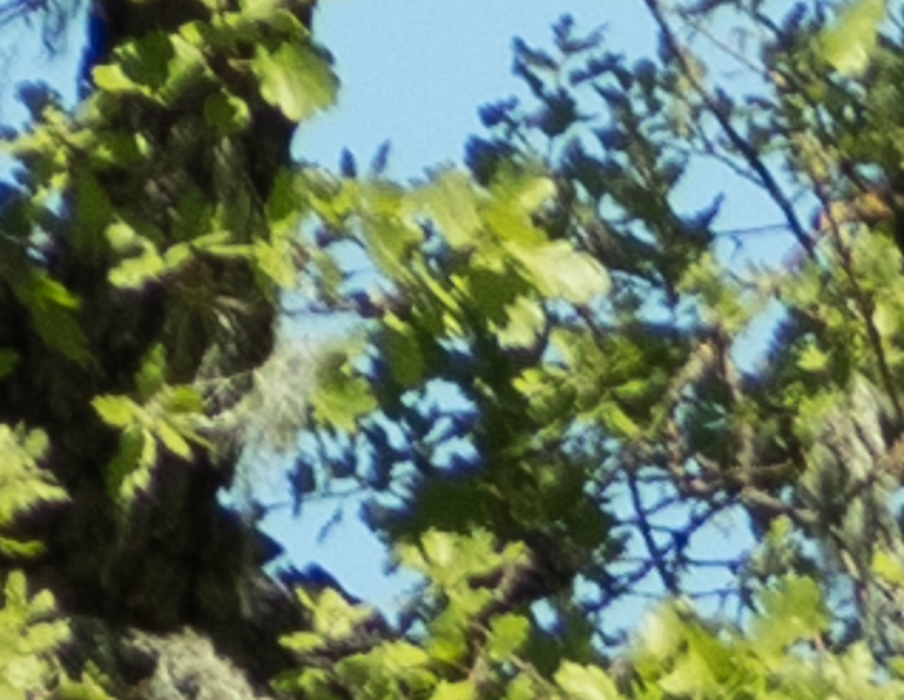
A nice improvement
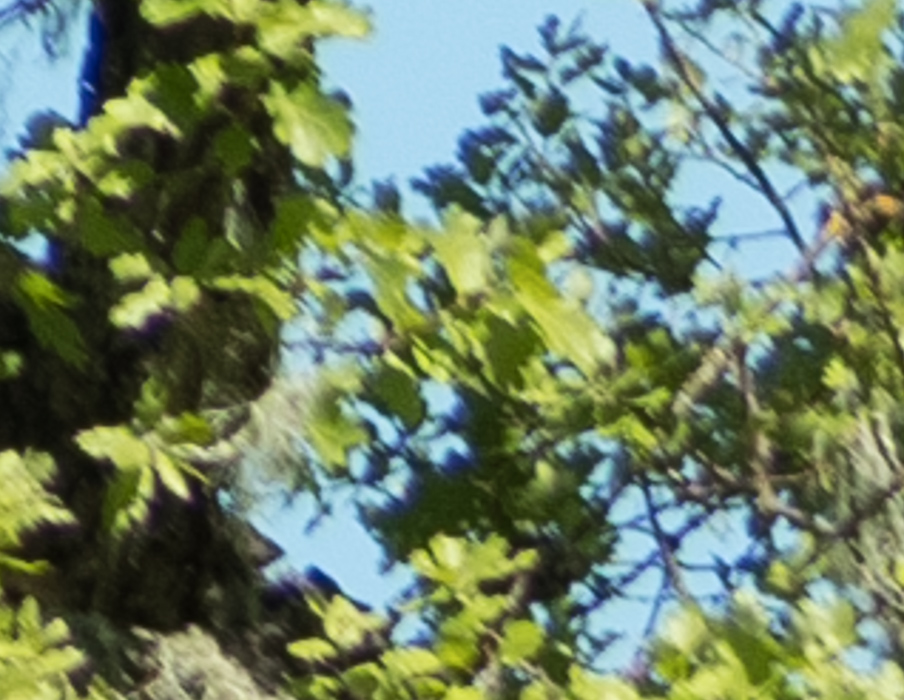
About the same.
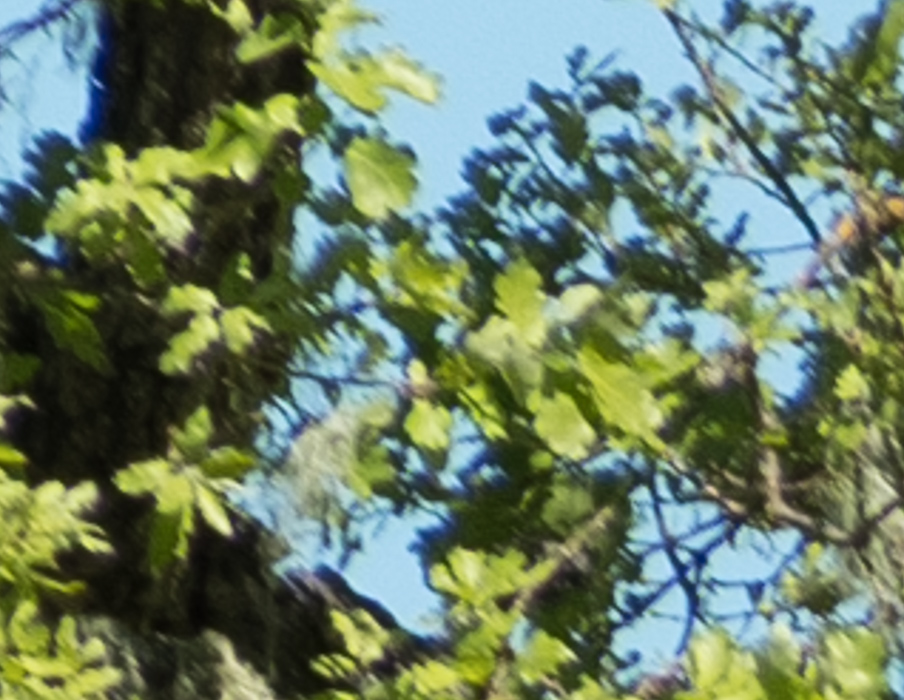
Not much difference
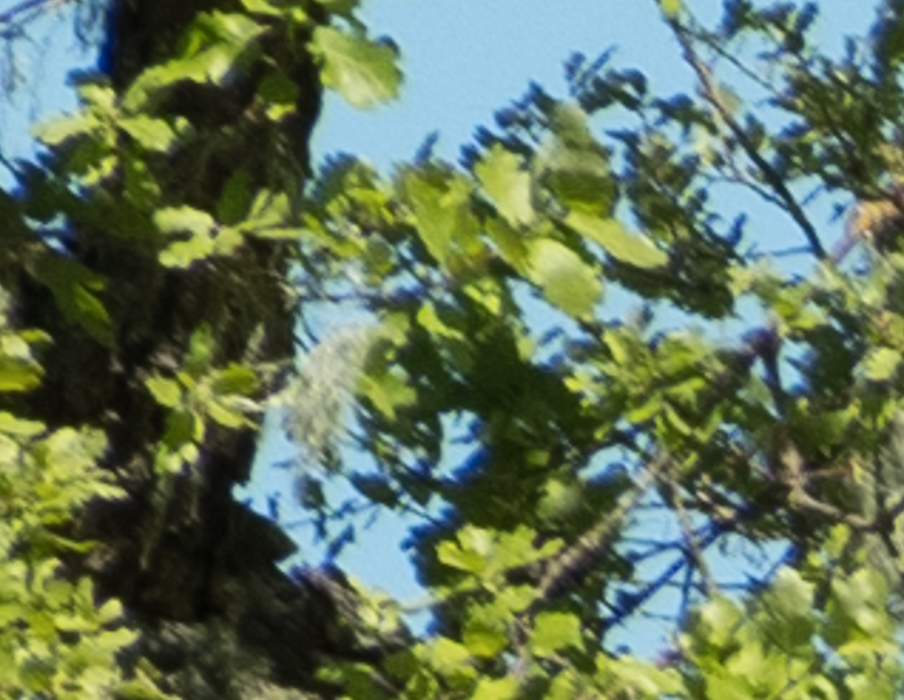
Again, not much difference.
This is credible performance from a lens meant to cover a much larger sensor.
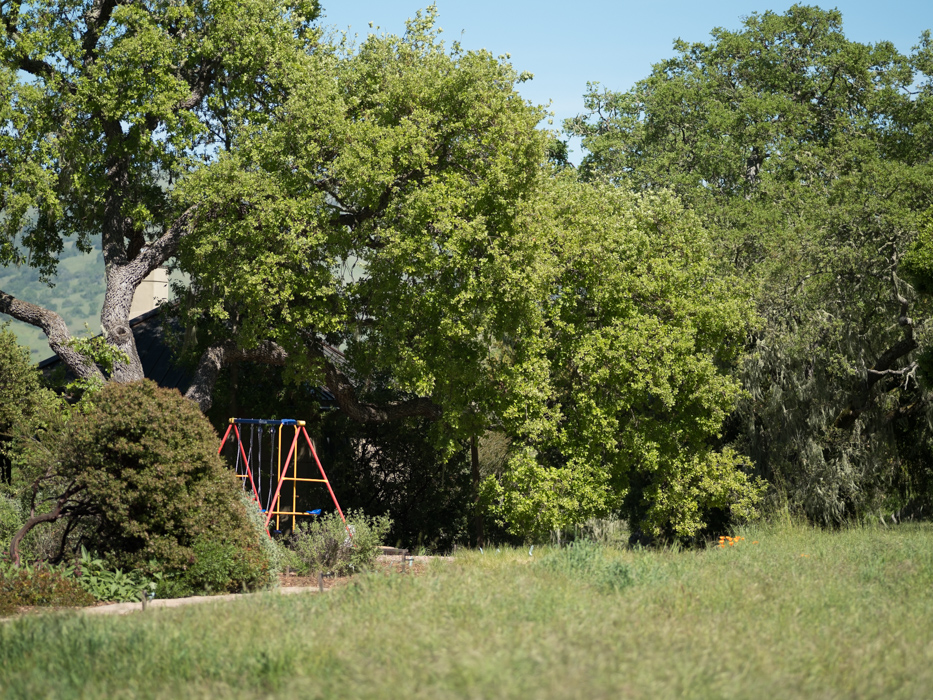
Michael Fang says
Thanks for the test Jim!
Was this the 150mm f/3.2 N or the older one (without the “N” designation)?
JimK says
The older one.